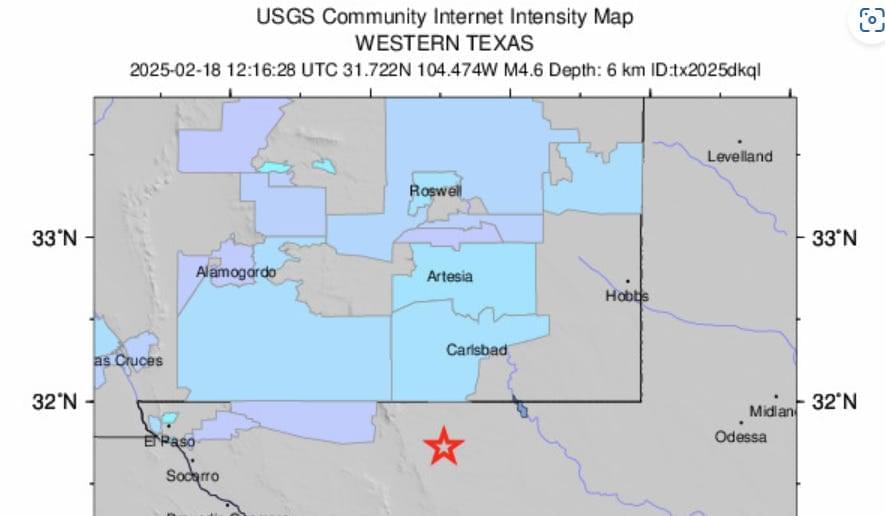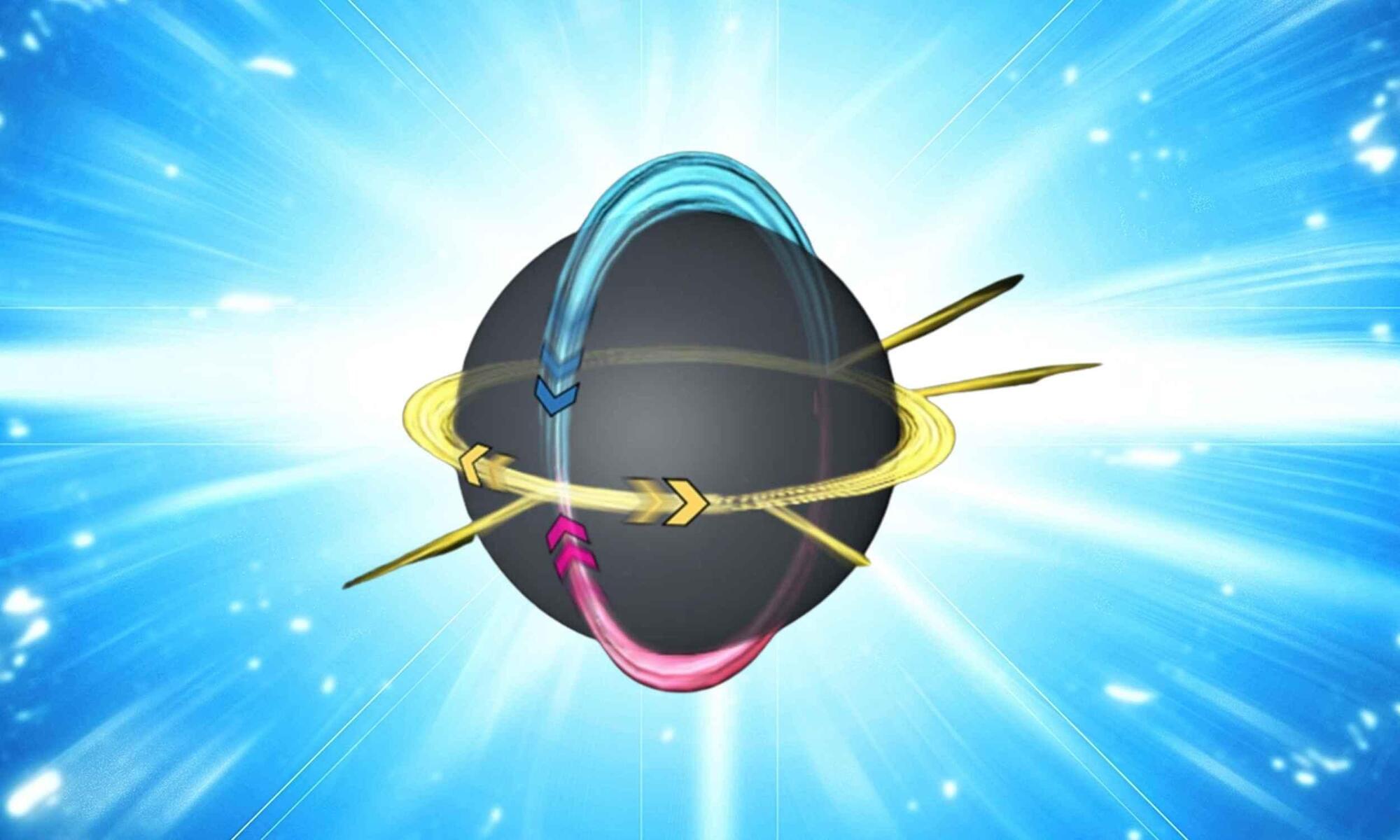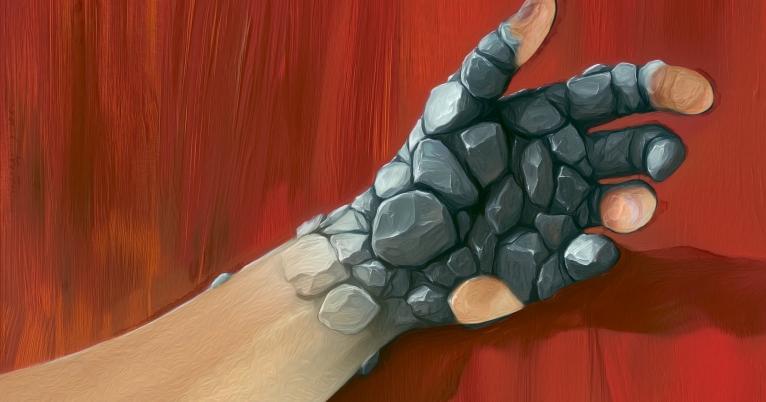The bibliometric infrastructure of citations has become an inescapable organising feature of academic life. Drawing on a range of evidence of the use and misuse of citations data, Stuart Macdonald argues its ubiquity has rendered authorship a questionable concept in modern scholarship.
Category: futurism – Page 44
The small-molecule discovery could help in overcoming cell culture bottlenecks such as rapid degradation and high production costs.
Several earthquakes rocked near the Texas-New Mexico border on Tuesday morning, the latest in a slew of quakes to hit the region.
A 4.6 magnitude earthquake happened at 5:18 a.m. MT, about 36 miles south of Whites City, New Mexico, according to the United States Geological Survey, while another 3.4 magnitude earthquake shook nearby about three hours earlier.
Another smaller earthquake — this one a 2.5 magnitude — hit the same area about 2:40 a.m. MT.
Video made with Kling 1.6, Gen-3 (Runway)
From images made with Frames (Runway)
Music by me (without ia wink only with the software Reacktor (Native Audio)
For some part of the Sound Design I used MMAudio (ia)
Video editing on iMovie.
A recent study by Dr. Albert Jambon and his colleagues, published in the Journal of Archaeological Science: Reports, revealed the presence of meteoric iron in Early Iron Age ornaments in Poland.
According to Dr. Jambon, the study was prompted by the desire to know the origin of iron smelting. “The point of my research is to find out who, when, and where the iron smelting was discovered. To that end, we need to analyze archaeological irons and check whether they are meteoritic or smelted.”
To do this, two Early Iron Age cemeteries and their iron artifacts, Częstochowa-Raków and Częstochowa-Mirów, both located in southern Poland, were analyzed.
Scientists, led by Dr. Chumak, create a processor harnessing magnon transport to reduce energy consumption, marking a milestone in computing.
Hr]Human-like robots don’t need humanoid bodies. They just need to be expressive. (Well, they don’t need to be, but they will be.)
Are we living in a simulation, and if so, can we escape? This article explores Roman Yampolskiy’s radical ideas on hacking reality.
Skin fibrosis is a painful condition in which the skin thickens and hardens. New Yale research uncovers its underlying cellular and molecular mechanisms and yields potential targets for treatment: bit.ly/40UInas
People with skin fibrosis experience a painful thickening of the skin, for which there is no treatment. Findings from a Yale study may point the way.








